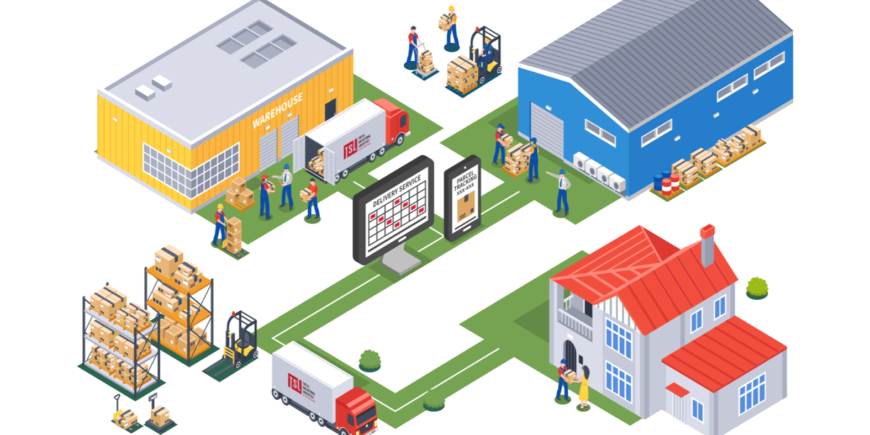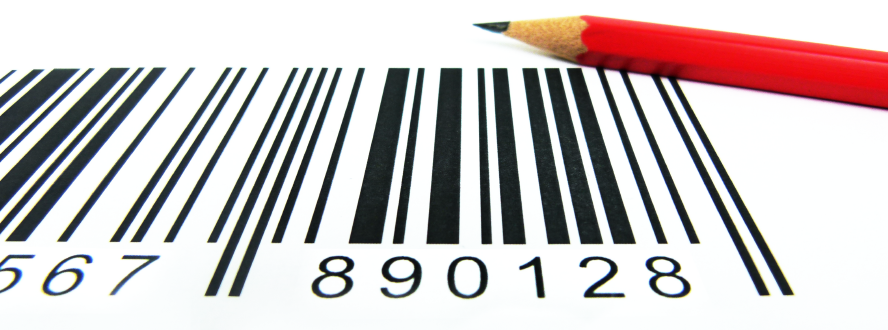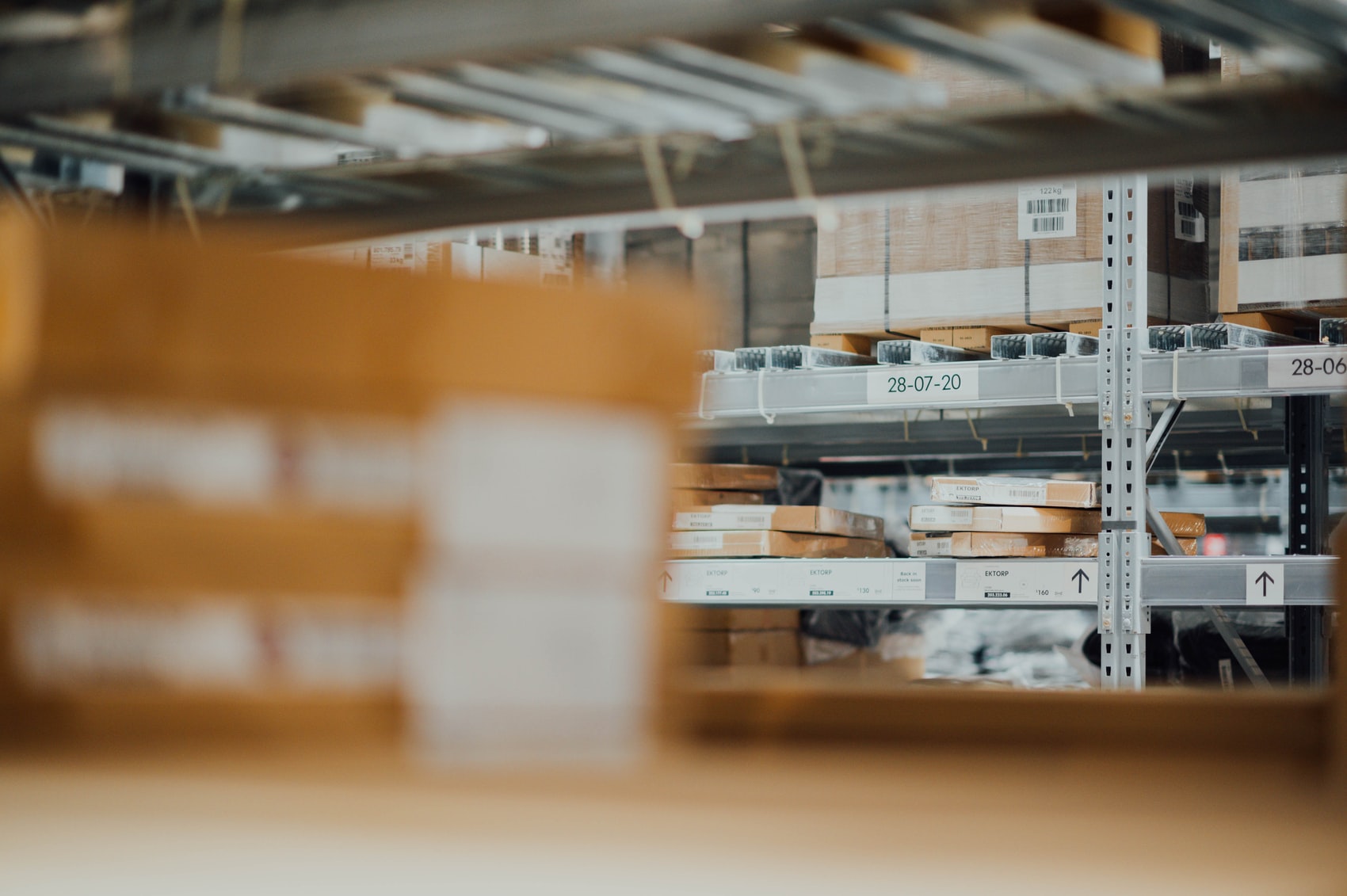Warehouse management with barcodes: The first step to warehouse automation
The emergence of the COVID-19 pandemic has greatly influenced consumer behavior and consequently has a direct impact on warehouse operations. The trend of shifting to e-commerce continues to grow at a steady rate. In addition, challenges in labor shortages and limitations in recruitment during the pandemic are affecting the warehouse and logistics industry, making it more difficult than ever to keep up with demand.
To solve the above problems, many managers have turned to using automation technologies to improve operational efficiency while reducing costs and maintaining competitiveness in warehouse management. Among these technologies, barcode scanning remains one of the most commonly used. Barcodes provide each item or pallets with a unique identifier that makes it easy to move goods between locations inside and outside the warehouse. In addition, barcodes also go through the process of managing activities of transporting, receiving, replenishing, picking and packing goods.
What is Barcode?
Barcode consists of parallel and different sized black and white lines printed on labels to identify uniquely items. Barcode labels are read by a barcode scanner. These scanners will measure reflected light and interpret the code into numbers and letters, then pass it on to a computer, where you will receive information about the product as a result.
How do barcodes appear on products?
Barcodes usually have two primary forms, which are already available on products provided by the manufacturer, or users create their codes to manage according to their system.
If the goods do not have a barcode, which means they have not been identified in the business’s list of goods, they will have to design a barcode according to the product code and print it on the label with a barcode printer.
Barcode printer is a specialized machine used to print stamps, high accuracy and can choose the quality of stamps to use.
Why use barcodes in the warehouse?
- Reduce clerical costs, labor costs of employees in operating warehouses of enterprises, increase profits
- Increased competitiveness in the market thanks to quick response to customer requirements
- More accurate inventory management
- Up to 90% reduction in damage caused by long-term inventory
- Improve the management and make better purchasing/new production decisions
- 100% reduction in wrong goods import and export thanks to the accuracy of barcodes
- Up to 50% reduction in data entry and manipulation time at the warehouse
- Future scalability towards warehouse automation
Warehouse management process by barcode
Inbound process
Warehouse staff, with the support of barcode scanners, in turn, read barcodes on incoming shipments. This information will be entered into the software to create a warehouse receipt with other management information related to the shipment. From there, the products will be managed through the code on the bar code.
Counting process
Tracking inventory manually is a laborious process. With barcodes applied to each item in inventory, handheld scanners can track data that is periodically uploaded to a central computer system, or a mobile device can update inventory in real-time, depending on the system you choose.
Previously, the warehouse inventory process mainly used counting, filling in the index in excel sheets or books. So,each inventory count took several days to complete, but the number was not accurate. Barcode inventory control provides accurate, real-time inventory updates. This allows businesses to reduce inventory and reduce bookkeeping costs.
Besides, it also reduces the time taken to collect data for purposes such as annual inventories. When using the software and applying the barcode inventory, the inventory will become fast, convenient, and highly accurate. Employees scan all barcodes of products in stock and then connect this barcode reader to a computer to download data for processing.
After obtaining the data, the program will output a report on the actual quantity in the warehouse and compare it with the data being managed on the computer and allow updating this accurate data.
Outbound process
Like the stock-out, employees can create stock-out orders based on outbound order, using barcode readers to release warehouses. Employees, in turn, read the barcode on the shipment for sale at the same time to trace the origin of the product later. When loading in the truck, information such as date of shipment, to whom, order code, etc., will be recorded in the system.
The application of barcode management and code machines in sales will completely change traditional sales habits. This solution offers a breakthrough in buying and selling. Barcodes support sales staff faster, shop owners manage sales better, export-import decisions, inventory clearance are made in just one click.
Necessary devices for warehouse management with barcodes
Barcode Printer: Peripheral device usually connected to a computer that has the function of printing barcode information on the surface of labels. There are many types of printers such as desktop printers, industrial printers, flexible mobile printers to meet various consumer needs.
Barcode Scanner: A handheld or stationary input device used to capture, read, and transmit barcode-containing information to a computer or other information receiving device. It can help businesses make statistics and manage a large volume of products quickly and accurately. There are many types of barcode scanners on the market with different sizes, functions, prices and characteristics depending on use.
Hardware equipment and server system: is an enterprise’s system (proper computer hardware and software) for storing, providing, and processing data. It can run continuously for a long time to help ensure the uninterrupted operation of the company’s system.
Other supplies (ink, printing paper, etc.) are essential materials to support goods management by barcode. Barcode ink is designed in the form of ribbon. Barcode printing paper is called by many different names such as label printing paper, label printing decal, barcode printing paper, etc.
TSL – Proud to be a golden partner in distributing barcode devices from two prestigious brands, Honeywell and Zebra
Honeywell Barcode Device
Honeywell products are designed to fit every business need. Barcode scanners and mobile computers are widely used in retail, healthcare, transportation, logistics, and warehousing.
Zebra Barcode Device
With over 40 years of experience, Zebra supplies from barcode printers, printers, card printers, mobile printers, computers and scanners. Zebra is a reputable brand serving more than 90% of Fortune 500 businesses.
Besides, TSL is also Dell’s official distributor for laptops, desktops, servers, and network systems. In addition, we also specialize in the same materials used in the warehouse as decals, barcode ink, cartons, tapes, pallets, racks, labor protection.
“Deliver True Value” – TSL is committed to bringing the best service experience to customers with product quality and highly reasonable prices.
Contact us now for more advice and receive attractive offers immediately!












